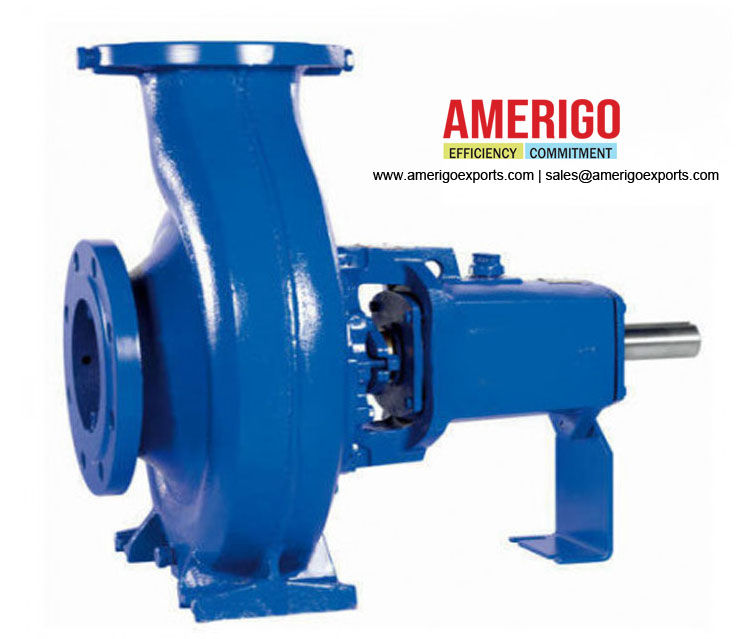The future of Centrifugal Pumps
- Amerigo Exports
- Oct 28, 2023
- 2 min read
The future of centrifugal pump manufacturers in India is likely to be shaped by several trends and developments, as of my last knowledge update in January 2022. Here are some key factors that may influence the future of centrifugal pumps:
Efficiency Improvements: Energy efficiency and sustainability are becoming increasingly important in pump design. Manufacturers are likely to focus on developing more efficient pump systems to reduce energy consumption and operational costs.
Smart Pumping: Centrifugal pumps may incorporate advanced sensors, automation, and data analytics to optimize performance and provide predictive maintenance. This will help in reducing downtime and enhancing reliability.
Materials and Coatings: Advancements in materials and coatings can enhance the durability and corrosion resistance of pump components, making them suitable for a wider range of applications, especially in harsh or corrosive environments.
Miniaturization: Smaller, more compact centrifugal pumps may become more prevalent, particularly in industries where space is limited or mobility is crucial, such as in the medical field or portable devices.
3D Printing and Additive Manufacturing: These technologies can revolutionize the design and manufacturing of pump components, allowing for more complex and customized designs, quicker prototyping, and potentially reducing production costs.
Digital Twins: The concept of digital twins, which involves creating a virtual replica of a physical pump system, can aid in design, monitoring, and maintenance, improving overall system performance.
Renewable Energy Integration: As renewable energy sources like wind and solar power become more widespread, centrifugal pumps may be used for various applications in these industries, such as fluid circulation in solar thermal systems or cooling in wind turbines.
Water Management: With increasing concerns over water scarcity and quality, centrifugal pumps will play a significant role in water supply, wastewater treatment, and desalination processes. Innovations in these areas will be critical for sustainable water management.
Industry 4.0 and IoT: Integration with Industry 4.0 principles and the Internet of Things (IoT) can enable remote monitoring and control of centrifugal pumps, optimizing their performance and minimizing human intervention.
Environmental Regulations: As environmental regulations become stricter, manufacturers may need to design pumps that meet specific emission standards and reduce environmental impact.
Global Market Expansion: The global market for centrifugal pumps is expanding due to urbanization and industrial growth in developing countries. This will drive innovation and competition in the sector.
Customization: There is a growing demand for customized pump solutions to meet specific industry needs. Manufacturers may offer more centrifuge pump options to address a wide range of applications.
It's important to note that technological advancements and market demands can change over time, so the future of centrifugal pumps may evolve as new developments emerge. As of my last knowledge update in 2022, these trends provide a glimpse into the potential directions for the future of centrifugal pumps. To stay up-to-date on the latest developments in this field, it's essential to follow industry news and research.





Comments